Companion planting is like matchmaking for your garden—some plants just thrive better together! Certain plants keep pests away (like marigolds scaring off aphids), while others boost flavor (hello, basil and peppers!). Some plants help the soil by fixing nutrients or keeping it moist, making life easier for their neighbors. With the right pairings, you get a happier, healthier, and more colorful garden with less work! In this blog, we offer five different pairings for how to do companion planting, each with interesting benefits and fun reasons why certain plants just make great partners.
The Perfect Garden Duo: Tomatoes & Marigolds
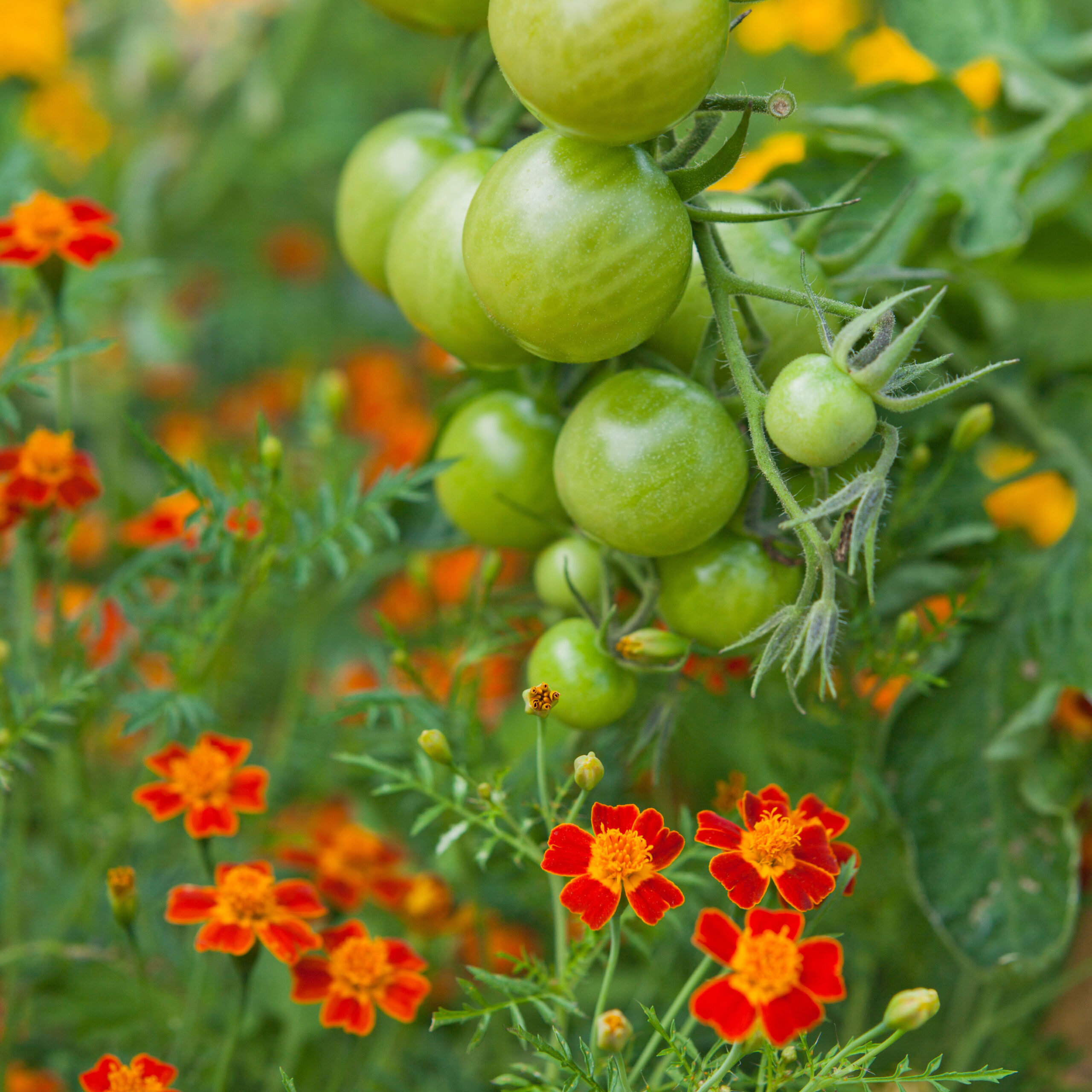
Tomatoes and marigolds make a perfect garden duo. Marigolds help keep pests like aphids and nematodes at bay while attracting pollinators that support healthy growth and a healthy garden ecosystem. Marigold’s roots remain shallow which means they won’t be a heavy competitor for water and nutrients. With their vibrant blooms and easygoing nature, they add beauty and balance to their tomato partner as well as the entire garden aesthetic.
The Dream Team: Dahlias & Zinnias
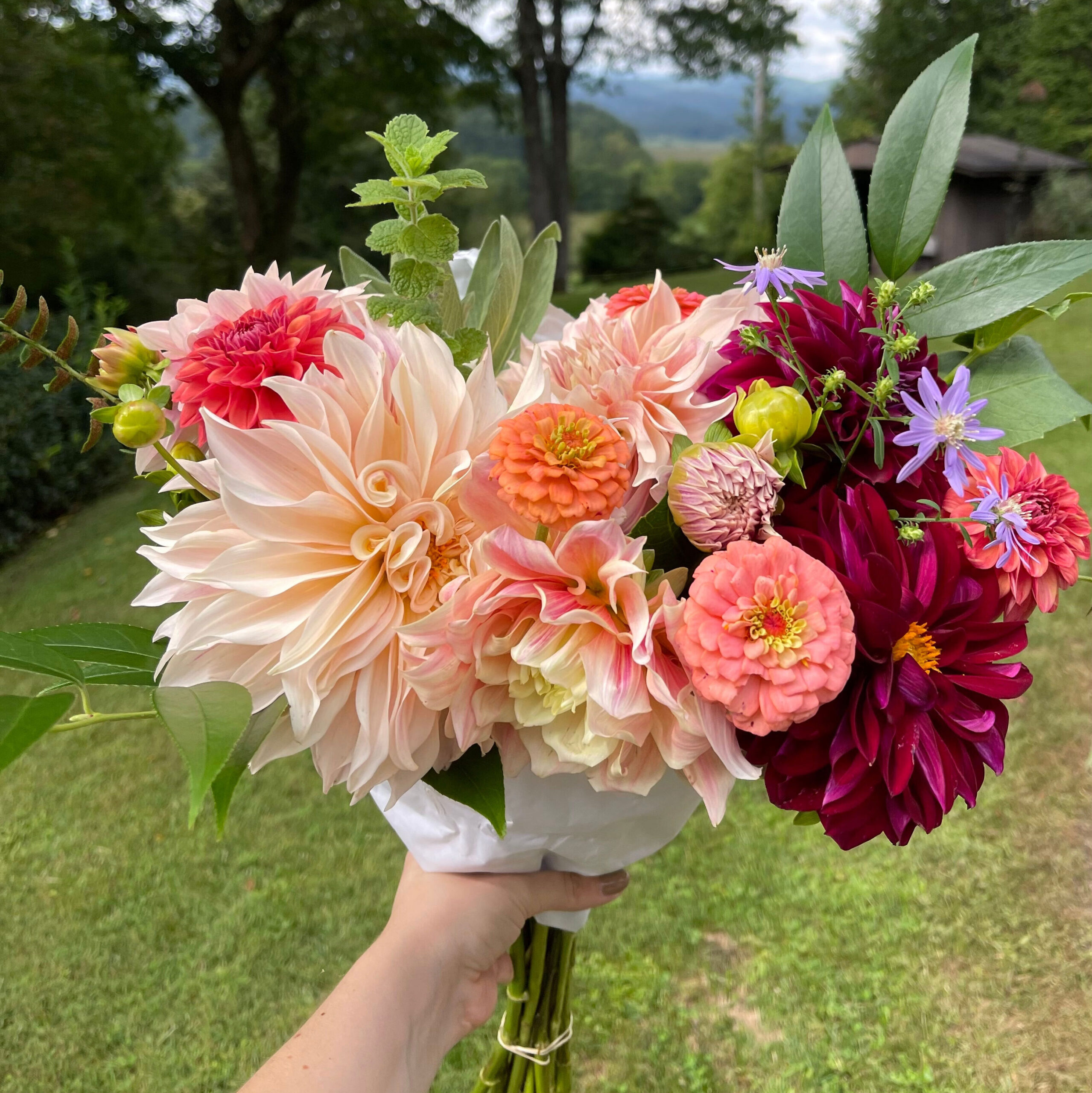
Dahlias and zinnias are a dream team in the garden, enjoying the sunshine together and putting on a nonstop color show. They both thrive in similar growing conditions and dahlias benefit from the butterflies and bees that zinnias lure in. With their bold, cheerful, and long-lasting blooms, they turn any garden bed into a stunning, colorful display. And since both are considered “cut-and-come-again” flowers, feel free to bring these blooms indoors for spectacular vase arrangements, knowing that more will be growing outside!
Garden Companions: Peppers & Basil
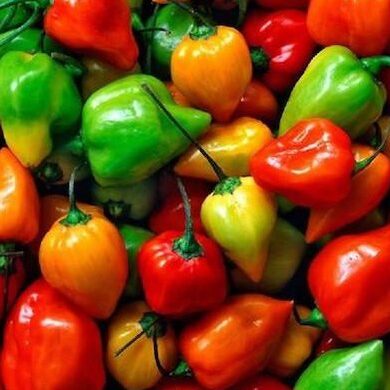
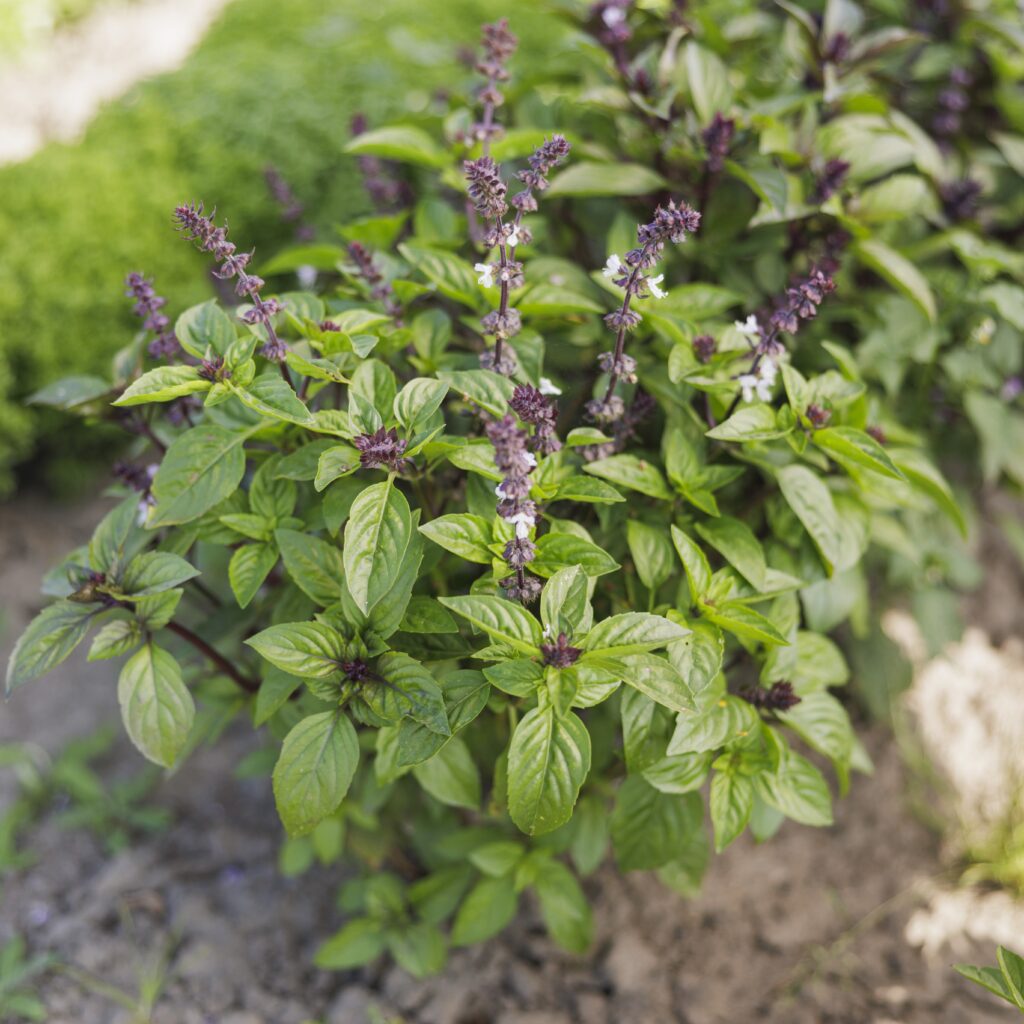
Peppers and basil make fantastic garden companions because basil’s bold aroma helps repel pests like aphids and hornworms that can damage pepper plants. The aromatic herb also enhances the flavor of peppers when grown nearby, making them a perfect pairing for both the garden and the kitchen. Since they love the same sunny, warm conditions, they grow happily side by side, making both your garden and your meals even better!
Smart Garden: Brassicas & Nasturtiums
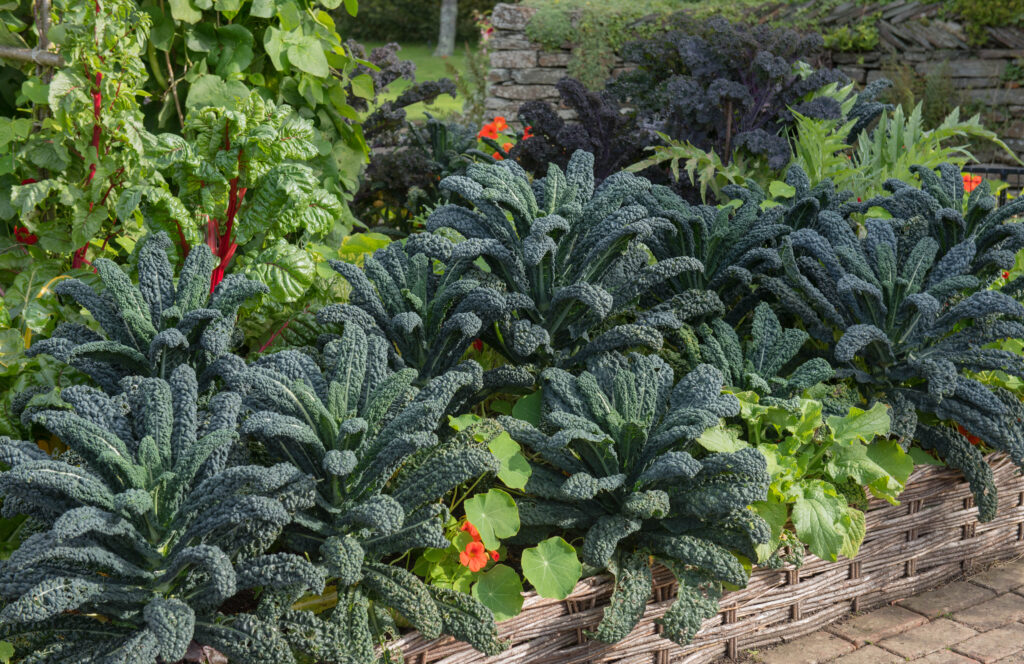
Brassicas and nasturtiums make a smart garden duo because nasturtiums act as a natural trap crop, luring pests like aphids and cabbage worms away from broccoli, kale, and cabbage. Consider separating your nasturtiums from your brassicas, as the colorful blooms attract bugs, and this may not fare well if they were growing intertwined. If they are planted together where nasturtium’s leafy vines help keep the soil cool and weed-free for the brassicas, remove the nasturtiums once they have done their job of alluring harmful bugs. Leaving them will only create a massive buffet for harmful bugs to dine on the nasturtiums and the brassicas. Plus, with their bright, cheerful, and edible blooms, nasturtiums add a pop of color while keeping your veggies safe and happy!
A Great Garden Pair: Cucumbers & Chamomile
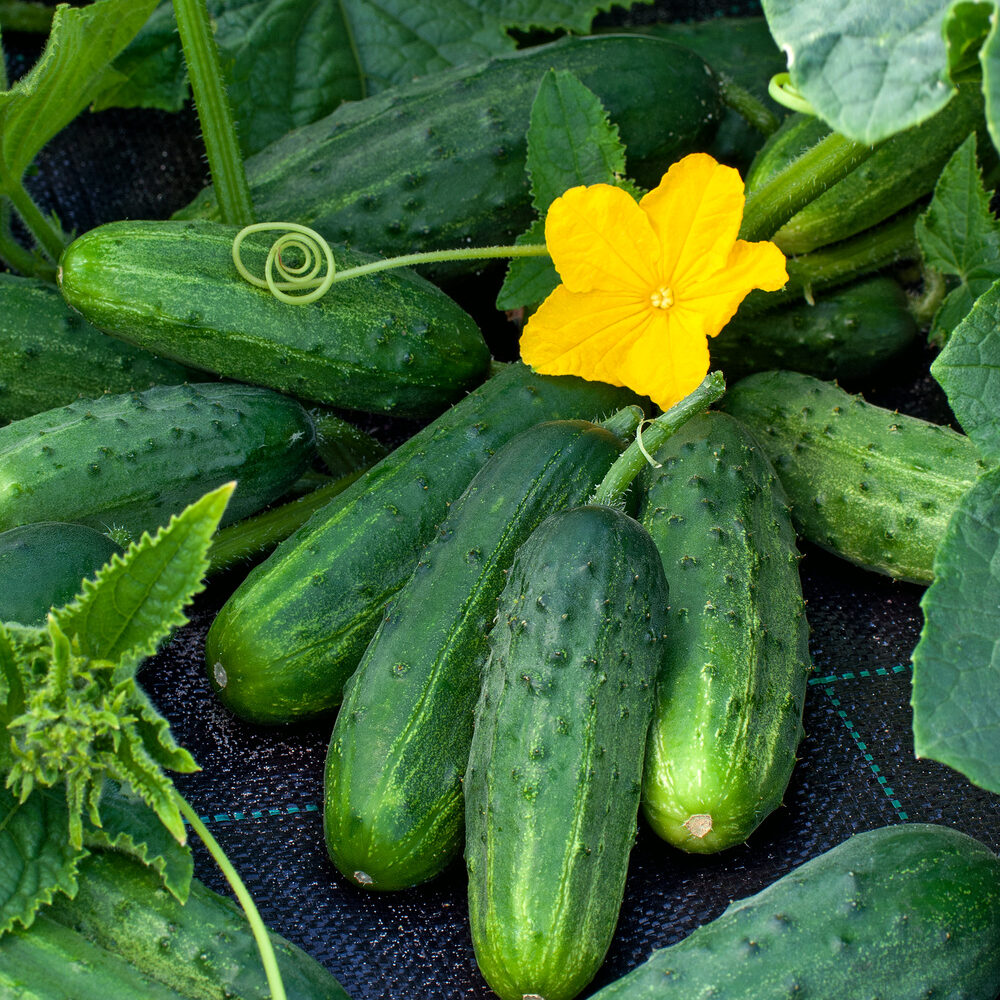
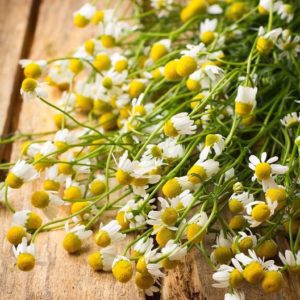
Cucumbers and chamomile make a great garden pair because chamomile attracts beneficial insects like bees and hoverflies, which help pollinate cucumber flowers. Chamomile is also believed to enhance the flavor and overall health of cucumbers, making for a more productive harvest. For their part, cucumbers vine up a fence or trellis, providing much needed shade from the summer sun for gentile chamomile. We love this pair as chamomile’s dainty flowers and calming scent turns the cucumber patch into a relaxed, happy oasis!
With a bit of intentional planning in the preseason, you can create a dynamic and productive garden this summer!
Discover More Garden Tips & Tricks
-
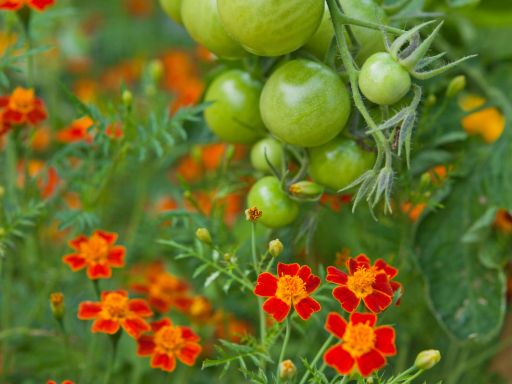
Top 5 Companion Planting Pairs
Companion planting is a natural gardening technique where certain plants are grown together to benefit each other, whether by enhancing growth, repelling pests, or improving soil health. By strategically pairing compatible plants, gardeners can create a more resilient and sustainable garden ecosystem.
-
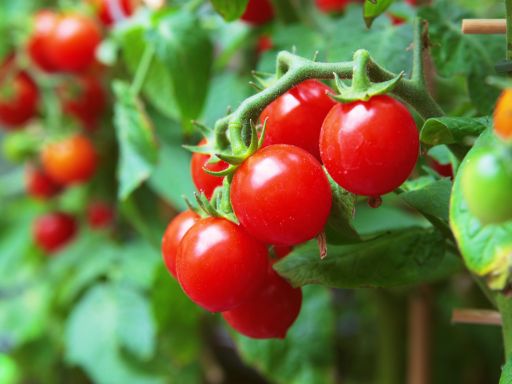
Tips for Fertilizing Tomatoes
Knowing when to fertilize your summer tomato plants can be tricky. The first step is knowing whether your tomato plants are determinate or indeterminate varieties.
-
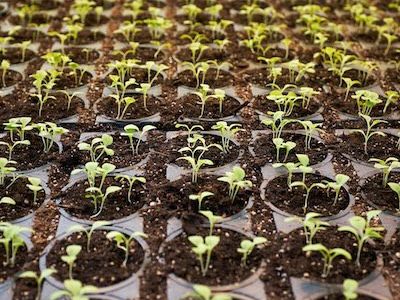
Your Checklist for Seed Starting
Ten common mistakes growers make when starting seeds, and what we recommend you do instead.
-
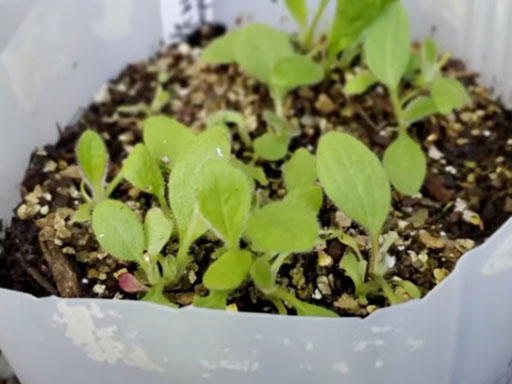
Sowing Seeds in Milk Jugs
Starting a garden doesn’t have to be expensive. Check out this easy project from our friends at Spoken Garden and learn how to sow flower seeds in recycled milk jugs.